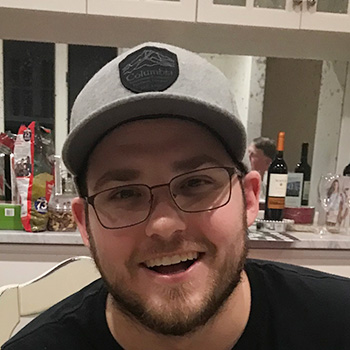Tomorrow, Monday 3/2/2020 is a big day for Hope for Healing. It is the launch of the Mobile Outreach Unit. We are so fortunate to be able to partner with Live4Lali and Inspiration Outreach Foundation to bring harm reduction services to McHenry, Lake, DuPage, and Northern Cook counties. This is the largest and most impactful program Hope for Healing has participated in to date. The unit will provide toiletries, non-perishable food items, beverages, clothing, and other basic essentials. It will provide services including substance use treatment and recovery support, services, navigation, and referrals. It will distribute products to prevent death and disease including Naloxone (the overdose reversal drug), drug checking including fentanyl test strips, and safe supplies for all modes of consumption. The unit will also distribute safe sex supplies and pill disposal kits. Means for safe and responsible disposal of supplies and used equipment will also be provided. But most importantly, the Mobile Outreach Unit will provide compassion and understanding to those who are struggling, stigmatized, alienated, and isolated.
Harm reduction has been a controversial topic in public health over the last decade. Its methods have been considered by some to be the enabling of morally dubious behavior and has been found objectionable by some who adhere to more traditional abstinence-only forms of recovery. At the same time, studies on needle exchange and other forms of harm reduction show beyond any reasonable doubt that these services have a significant positive impact on the outcomes of those who receive them. I can sit here and tell you about the facts and data and how CDC studies have shown that those who participate in needle exchange programs are 3.5 times more likely to stop IV drug use, but today I’d rather talk about the human reason to why we are doing this.
Those who practice harm reduction have a mantra “meet people where they’re at”. But what does that really mean? We have a unit that is going to go around and meet people where they’re at geographically, we have a unit that will serve everyone no matter if they’re using actively, seeking help, trying to reduce their habit, or people who are doing their best in an abstinence-only program. But truly meeting someone where they’re at goes so much deeper than that.
To truly meet someone where they’re at, you have to look inward. You have to be able to look at someone suffering from Substance Use Disorder and acknowledge “this could’ve been me”. You could’ve had a different group of friends, had an unexpected trauma, a sports injury, or just taken one risk that you shouldn’t have and you might’ve ended up addicted. We all take risks and experiment in our youth, and we’re all addicted to something, even if it’s not always a substance. Unfortunately, this is a concept that comes naturally to me. Having seen my own twin brother Matt lose control and eventually die from this disease I know this all too well. I know that if a few minor things had gone differently there’s a decent chance I wouldn’t be sitting here at this computer breathing air into my lungs.
Once you are able to put yourself into their shoes it becomes clear that although this affliction may have started with a poor choice, their behavior is no longer a choice but a necessity. In America people who require a gastric bypass or insulin because of conditions potentially caused by their eating habits receive that treatment to reduce the harms of their behavior and we don’t bat an eye. We might think they should try to start eating healthier, but we don’t withhold treatment because of it! The same compassion should be extended toward those with Substance Use Disorder.
Addiction is a chronic relapsing brain disease. We see recovery as a journey. Along that journey there are going to be relapses and struggles. When these things happen we have services like detox, rehab, recovery homes and halfway houses. But, some people are going to get burnt out, others are not going to have access to these services in the first place because of money or insurance. In this long journey of relapse and recovery many people become isolated and estranged from their families and support systems. Being there with clean supplies and a hug is a way of telling people who use drugs “I care that you’re alive”. For some, that can be just the motivation they need to get back to treatment. I’ll leave you with this statistic, according to the CDC, people who participate in needle exchange programs are 5 times more likely to go to treatment.

Steve Stefani is a board member of Hope for Healing. Steve was inspired to start Hope for Healing with his family after the devastating loss of his twin brother Matt to an overdose. Since his brother’s death, Steve has worked hard to heal his own wounds and is inspired to help others who are suffering with addiction. He is a graduate from the University of Dayton with a degree in Political Science, concentrating on Human Rights, non-profit and NGO work, and international politics. In his free time Steve enjoys playing the drums, reading, and playing with his dog Bo.

